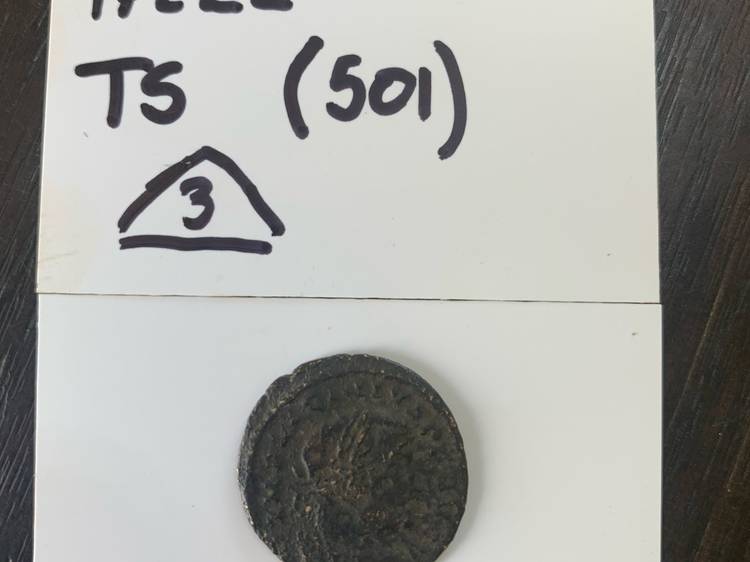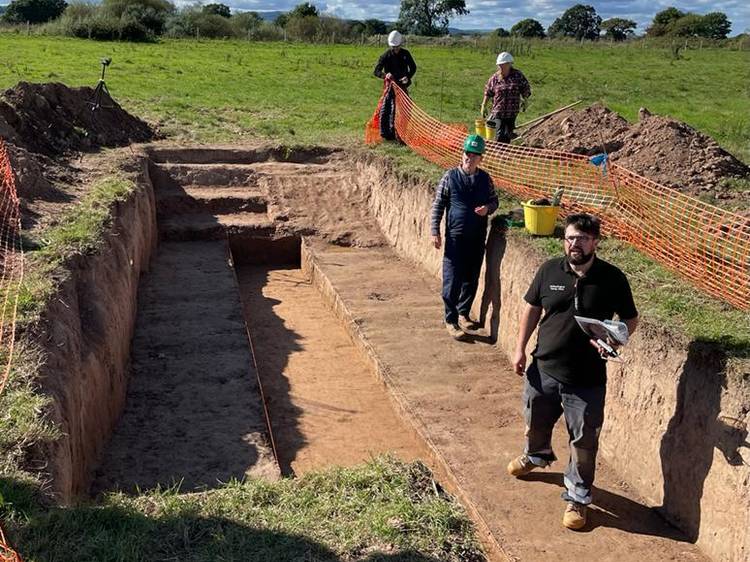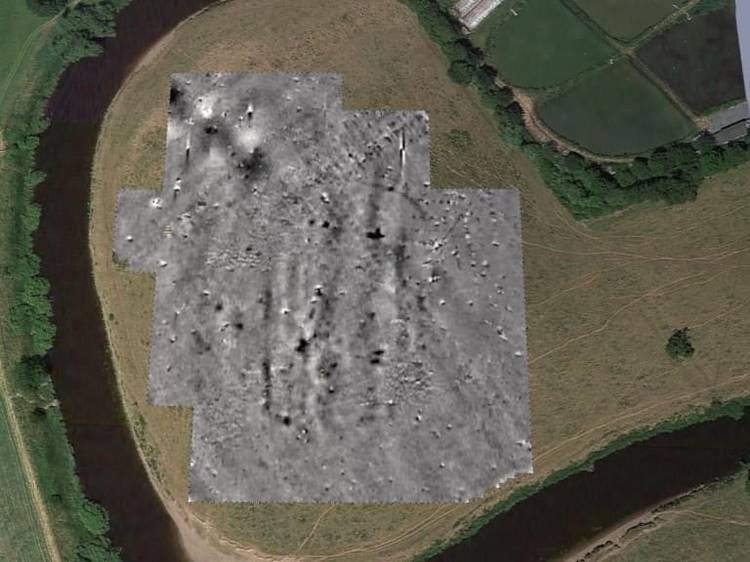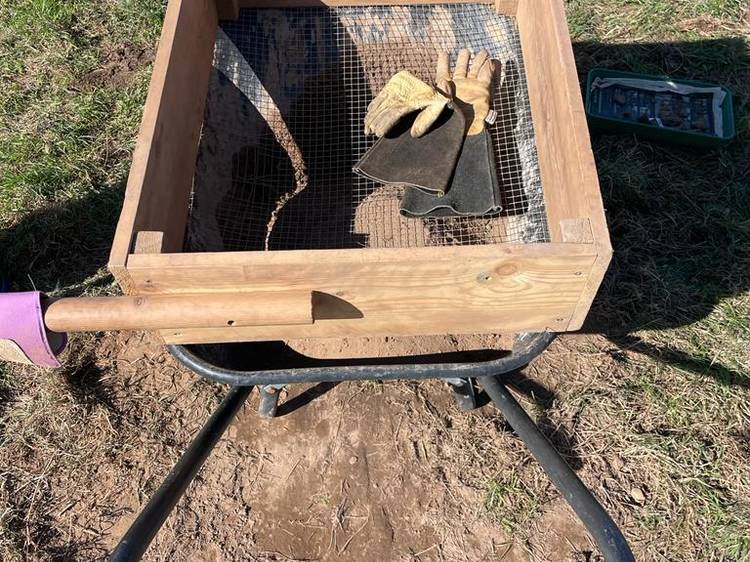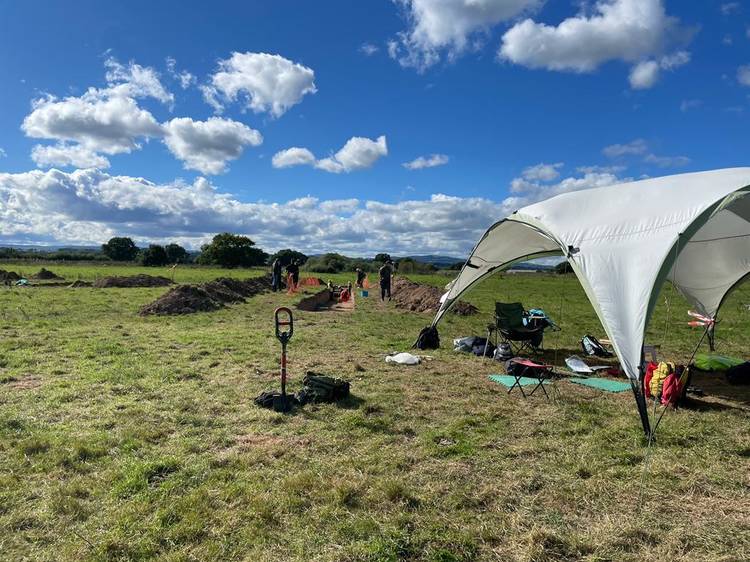
Farndon archaeological dig finds Roman remains
An archaeological dig which took place last month on Barnston Estate land in Farndon, Cheshire, successfully uncovered Roman remains.
Dozens of volunteers from Holt and Farndon took part in the ten-day dig close to the banks of the River Dee in Farndon.
Using the results of aerial photography, LiDAR and geophysical surveys, six trenches were dug.
The dig, which was organised by the Holt and Farndon Community Archaeology Project and supported by the Holt Local History Society, quickly discovered Roman industrial activity.
Archaeologist Christopher Matthews of the research group Archaeological Survey West said: “Within the enclosure we found evidence of Roman industrial activity on the site which included a bloomery furnace. It appears that the site was used to process iron ore into workable iron.
“Similar to the Holt Tile Works just across the River Dee, it’s likely that the Romans used the river as a means to transport raw materials.
“Other smaller finds included a ceramic spindle whorl, tile fragments, iron nails and one worked flint. We also discovered a few Roman coins that suggest the site is mid to late Roman, approximately 4th Century.
“We have definitely answered the questions we went to ask. All that is left now is to record what we have and take back material to analyse further in the laboratory to help us better understand the chronology of the site.
“We will be releasing a short video diary in the coming weeks for anyone who was unable to visit the dig to see how the excavation unfolded.”
Steve Lewis of Holt Local History Society said: “All the volunteers enjoyed the dig and the weather was good for most of the time.”
Edward Barnston, Estate Manager of the Barnston Estate, an historic Cheshire estate which can trace its history back to the Norman Conquest, said: “The dig, which took place on a small rectangular bank and ditch enclosure in one of our fields, has revealed some really fascinating finds.”
A public open day will take place at a date to be confirmed to display the findings.

